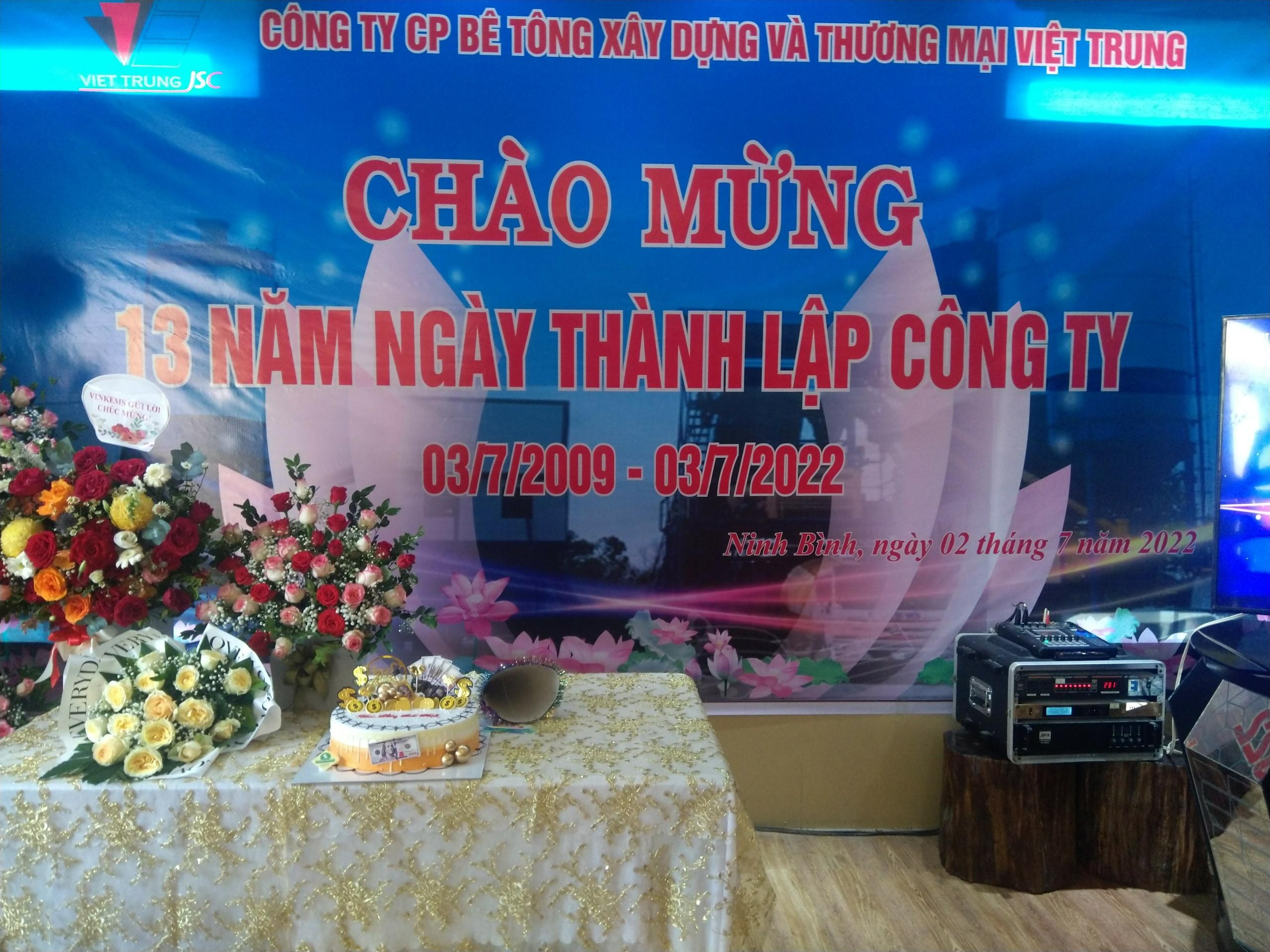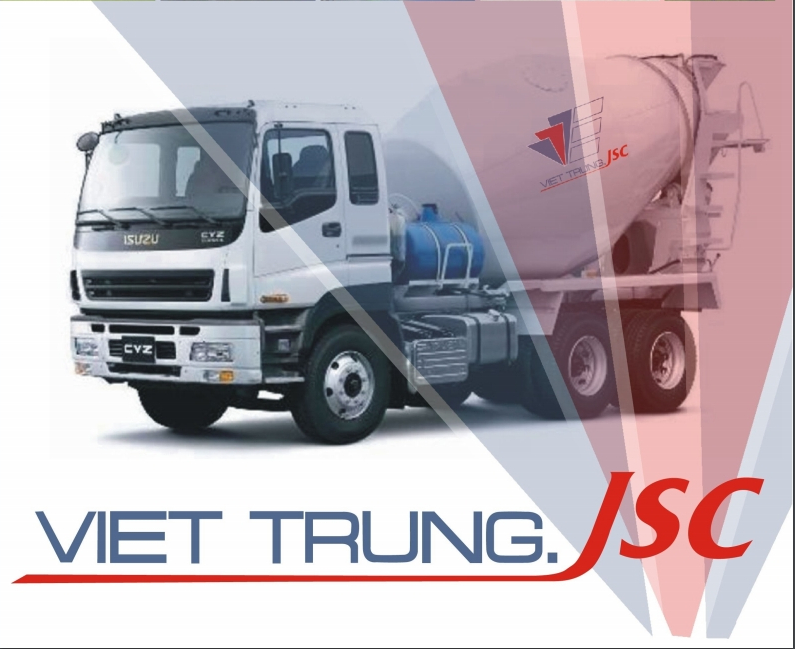Currents Shift Innovative Technologies Fuel Renewable news and a New Era of Energy Independence.
- Currents Shift: Innovative Technologies Fuel Renewable news and a New Era of Energy Independence.
- The Rise of Solar Energy Technologies
- Wind Power: Scaling New Heights
- Energy Storage Solutions: Bridging the Intermittency Gap
- Smart Grids and the Internet of Things (IoT)
- The Path to Energy Independence
Currents Shift: Innovative Technologies Fuel Renewable news and a New Era of Energy Independence.
The global energy landscape is undergoing a profound transformation, driven by advancements in technology and news a growing awareness of environmental sustainability. This shift is marked by an increasing reliance on renewable sources, and the innovative technologies that are making this transition possible represent a significant area of progress. Understanding the interplay between technological breakthroughs and the expanding adoption of renewable energy production is crucial to comprehending the current state of the world’s energy market and the implications of recent developments. This is particularly pertinent when considering emerging trends and the potential for a future of greater energy independence, a topic frequently highlighted in current reports and analyses of energy sector shifts in the industry – a critical facet of the present day review of energy trends.
The convergence of factors, from declining costs of solar and wind power to breakthroughs in energy storage, is reshaping the energy sector. This change isn’t merely about adopting cleaner sources; it’s about building a more resilient and decentralized energy infrastructure, one less vulnerable to geopolitical instability and fluctuating fossil fuel prices. This evolving scenario represents a fundamental re-evaluation of how we produce, distribute, and consume energy, leading to a renewed emphasis on innovation and efficiency.
The Rise of Solar Energy Technologies
Solar energy has witnessed remarkable growth in recent years, largely due to continual improvements in photovoltaic (PV) technology. Historically, the high upfront costs of solar panels were a significant barrier to widespread adoption. However, advancements in manufacturing processes, materials science, and greater production scale have substantially reduced these expenses. This cost decline, coupled with increasingly favorable government policies and environmental concerns, has fueled an exponential increase in solar power installations globally. Further innovations, like perovskite solar cells, hold the promise of even higher efficiencies and lower material costs, potentially revolutionizing the field and accelerating the displacement of conventional energy sources.
| Monocrystalline Silicon | 17-22 | $0.80 – $1.20 |
| Polycrystalline Silicon | 15-18 | $0.70 – $1.00 |
| Thin-Film (CdTe) | 11-13 | $0.60 – $0.80 |
| Perovskite (Emerging) | 20-25 (Lab) | $0.40 – $0.60 (Projected) |
Several research initiatives concentrate on boosting solar panel efficiencies and lowering production expenses. This includes developing new materials and streamlining the manufacturing process. Additionally, advances in solar tracking systems, which optimize the angle of the panels to maximize sunlight capture throughout the day, are playing a crucial role in boosting power generation. The advancements in silicon panel technology continue to evolve alongside the newer developments in thin-film and perovskite – each with their own potential.
Wind Power: Scaling New Heights
Wind power has emerged as another cornerstone of the renewable energy transition. Similar to solar, the efficiency and affordability of wind turbines have seen dramatic improvements in recent years. Larger turbine blades, coupled with taller towers, enable them to capture more wind energy at higher altitudes where wind speeds are typically stronger and more consistent. Offshore wind farms, in particular, are quickly gaining prominence, offering access to consistent, high-velocity winds and minimizing visual impact. Continuous refinement of turbine design and materials, alongside advancements in energy storage solutions, are key drivers in the continued expansion of this environmentally friendly power source.
Energy Storage Solutions: Bridging the Intermittency Gap
A significant challenge associated with renewable energy sources, like solar and wind, is their inherent intermittency. Sunlight is not constant, and wind speeds fluctuate. Therefore, effective energy storage solutions are essential to ensure a reliable power supply. Lithium-ion batteries currently dominate the energy storage market, offering high energy density and relatively fast response times. However, ongoing research is exploring alternative storage technologies, such as flow batteries, solid-state batteries, and pumped hydro storage, designed to address the limitations of lithium-ion, specifically with sustainability and scalability. These advancements are carefully scrutinized and evaluated by energy assessment organizations.
- Lithium-Ion Batteries: Widely used for grid-scale storage and electric vehicles.
- Flow Batteries: Offers long duration storage with independent scaling of power and energy capacity.
- Pumped Hydro Storage: A mature technology that stores energy by pumping water uphill to a reservoir.
- Solid-State Batteries: Promising higher energy density and improved safety compared to lithium-ion.
The development of robust and cost-effective energy storage systems is enabling greater incorporation of renewable energy into the grid. This reduces reliance on fossil fuel-based power plants, especially during peak demand periods. Furthermore, distributed energy storage, deployed at homes and businesses, is enhancing grid resilience and empowering consumers to take more control over their energy consumption.
Smart Grids and the Internet of Things (IoT)
The integration of renewable energy sources is inextricably linked to the development of smart grids. Traditional power grids were designed for one-way flow of electricity from centralized power plants to consumers. Smart grids, however, utilize advanced sensors, communication technologies, and data analytics to create a more intelligent and flexible energy network. This enables real-time monitoring of energy demand and supply, optimized energy distribution, and improved grid reliability. The Internet of Things (IoT) plays a crucial role in this transformation, connecting millions of energy devices and providing a wealth of data for informed decision-making.
- Real-time Monitoring: Sensors throughout the grid provide continuous data on energy flow.
- Demand Response: Adjusting energy consumption based on grid conditions.
- Predictive Maintenance: Using data analytics to anticipate and prevent equipment failures.
- Enhanced Security: Protecting the grid from cyber threats and physical attacks.
Smart grids also facilitate the integration of distributed energy resources, such as rooftop solar panels and electric vehicles, allowing them to participate in the energy market. This bi-directional flow of energy creates a more dynamic and resilient grid, capable of adapting to changing conditions. This also opens the door to peer-to-peer energy trading, enabling consumers to buy and sell energy directly from each other.
The Path to Energy Independence
The convergence of these technological advancements – solar, wind, energy storage, and smart grids – is paving the way toward a future of greater energy independence. By reducing reliance on fossil fuels and diversifying energy sources, nations can enhance their energy security, mitigate climate change, and create a more sustainable future. Investment in research and development, supportive government policies, and international collaborations are essential to accelerate this transition. A comprehensive approach that addresses both technical and economic challenges will be critical to unlock the full potential of renewable energy and realize a world powered by clean, sustainable sources.
The pursuit of energy independence is not merely a matter of environmental responsibility but also a strategic imperative. Reducing vulnerability to volatile global energy markets and ensuring a reliable, affordable energy supply are vital for economic prosperity and national security. The continued innovation in renewable energy technologies, coupled with smart grid infrastructure, presents a unique opportunity to address these challenges and build a more sustainable and secure energy future for all.

